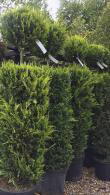Conifers
From Mature Specimen Trees to Dwarf Conifers
Pines, Cedars, Firs & More
Paramount Plants specialises in Conifers to buy online, this season we have a huge collection including dwarf conifers, mature specimen trees and rare bonsai pines. These conifer trees are easy to grow in well drained fertile soil, look good all year round and provide some of the best instant screening options on the market and fast growing hedging plants for privacy.
Conifers are from a plant genus known as Pinophyta, distinguished by the fact that they are cone bearing seed plants. Although the total number of species is relatively small, Conifers are a very important group of plants in that their varieties dominate huge swathes of the earth, particularly the forests of the Northern Hemisphere. Extremely hardy and evergreen they have adapted to shed snow easily from their branches.
Buy Now!
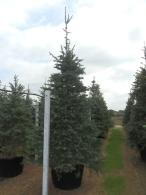
Bulk Buy!
OFFER!
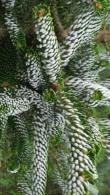
Buy Now!
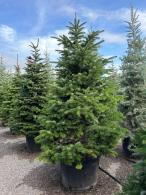
Buy Now!
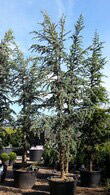
Buy Now!
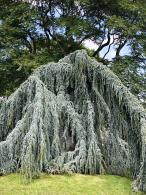
Buy Now!
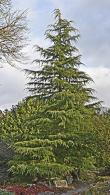
Buy Now!
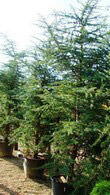
Buy Now!
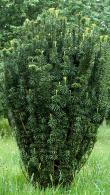
Buy Now!
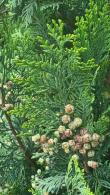
Buy Now!
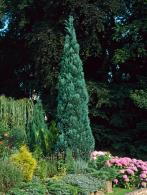
Bulk Buy!
OFFER!
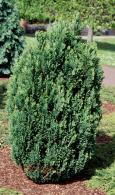
Buy Now!
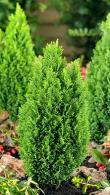
Buy Now!
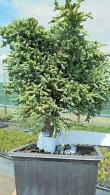
Buy Now!
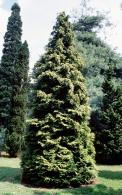
Buy Now!
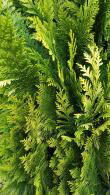
Buy Now!

Bulk Buy!
OFFER!
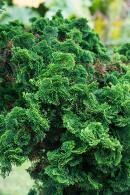
Buy Now!
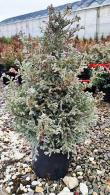
Buy Now!
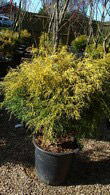
Buy Now!
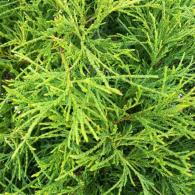
Buy Now!
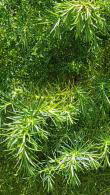
Buy Now!
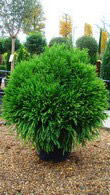
Buy Now!
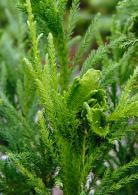
Buy Now!
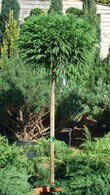
Bulk Buy!
OFFER!
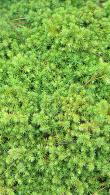
Buy Now!
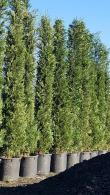
Buy Now!
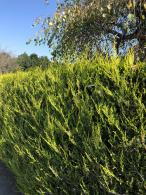
Buy Now!
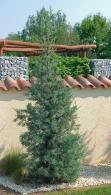
Buy Now!
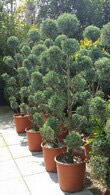
Buy Now!
